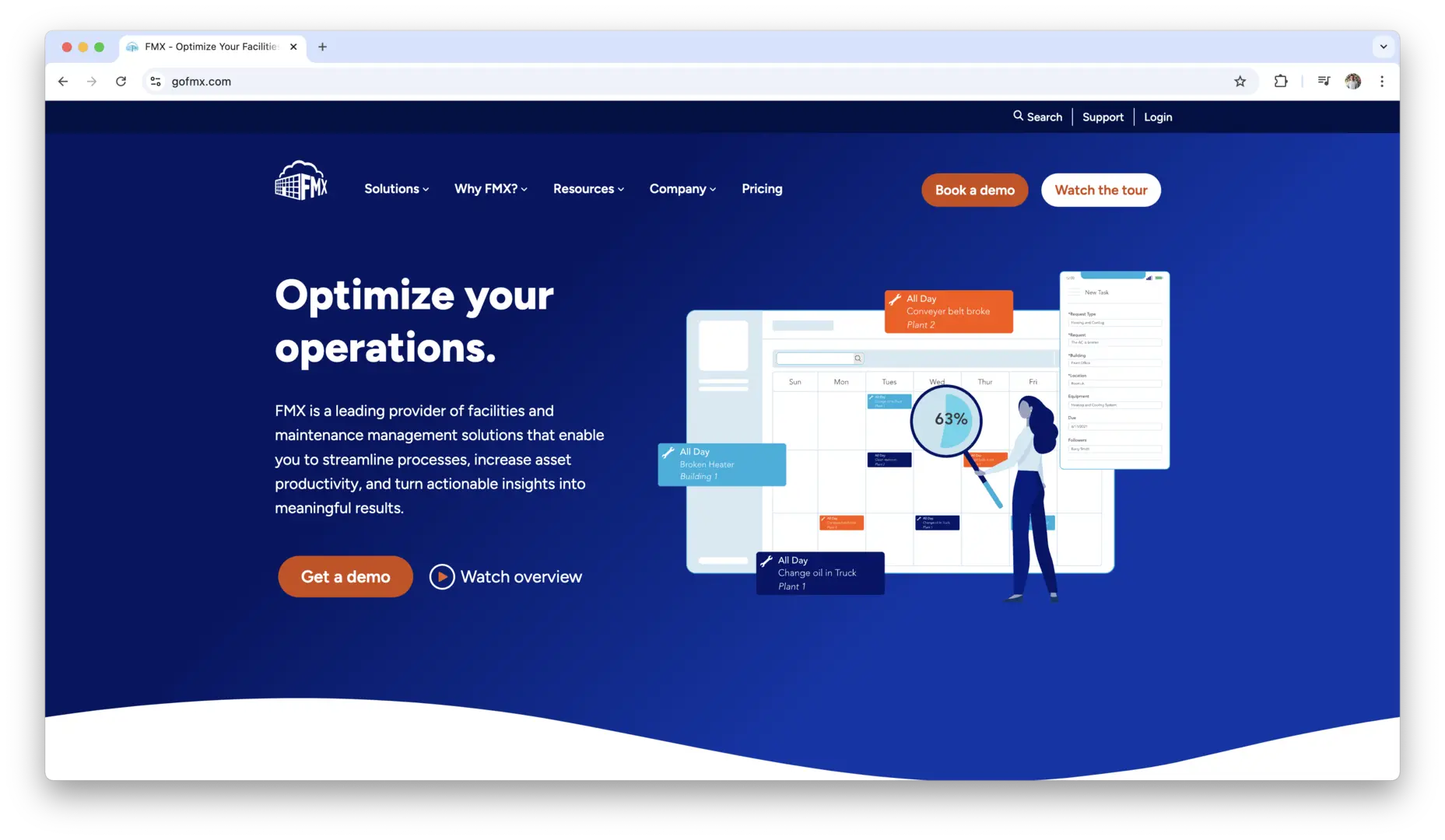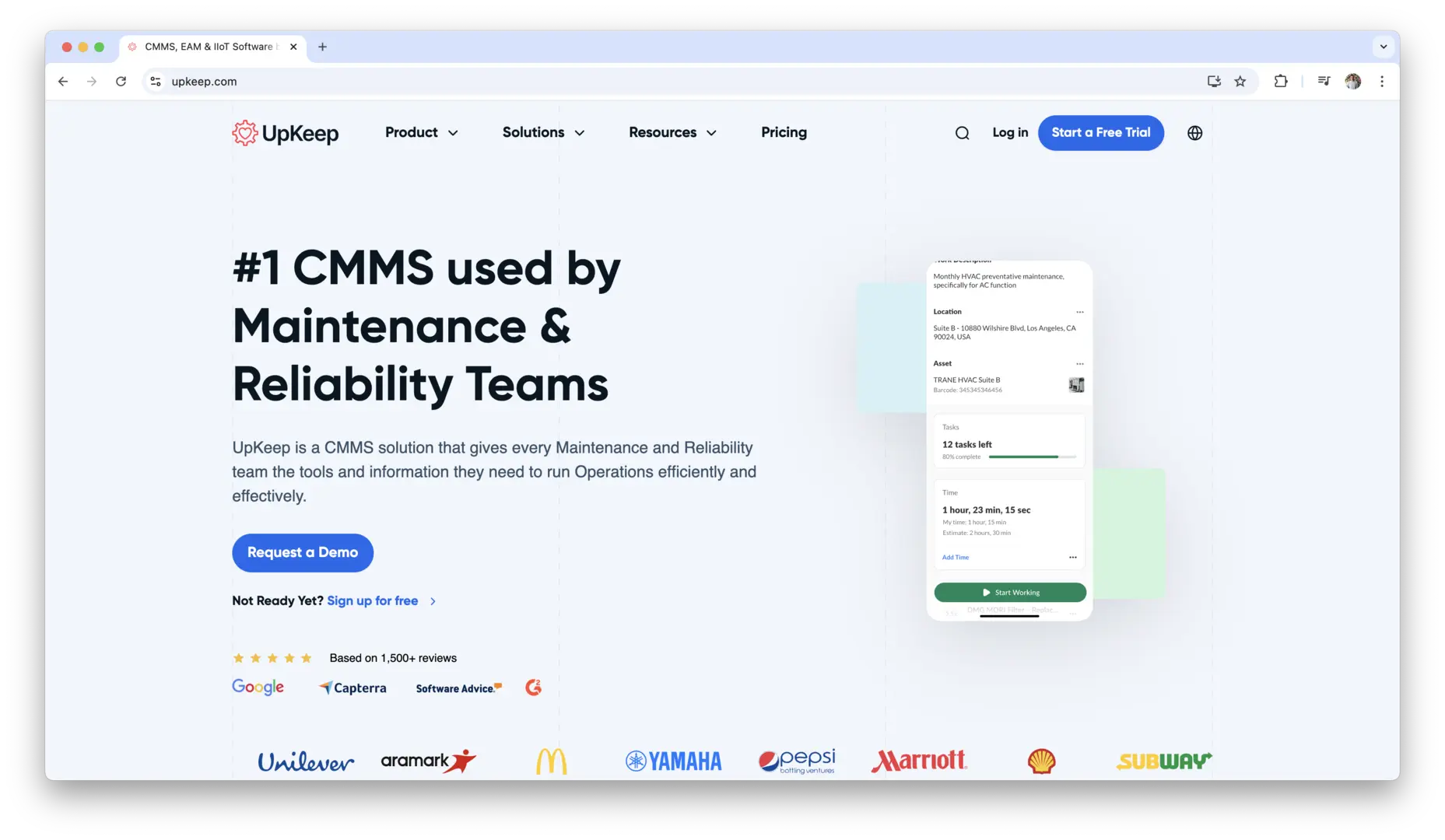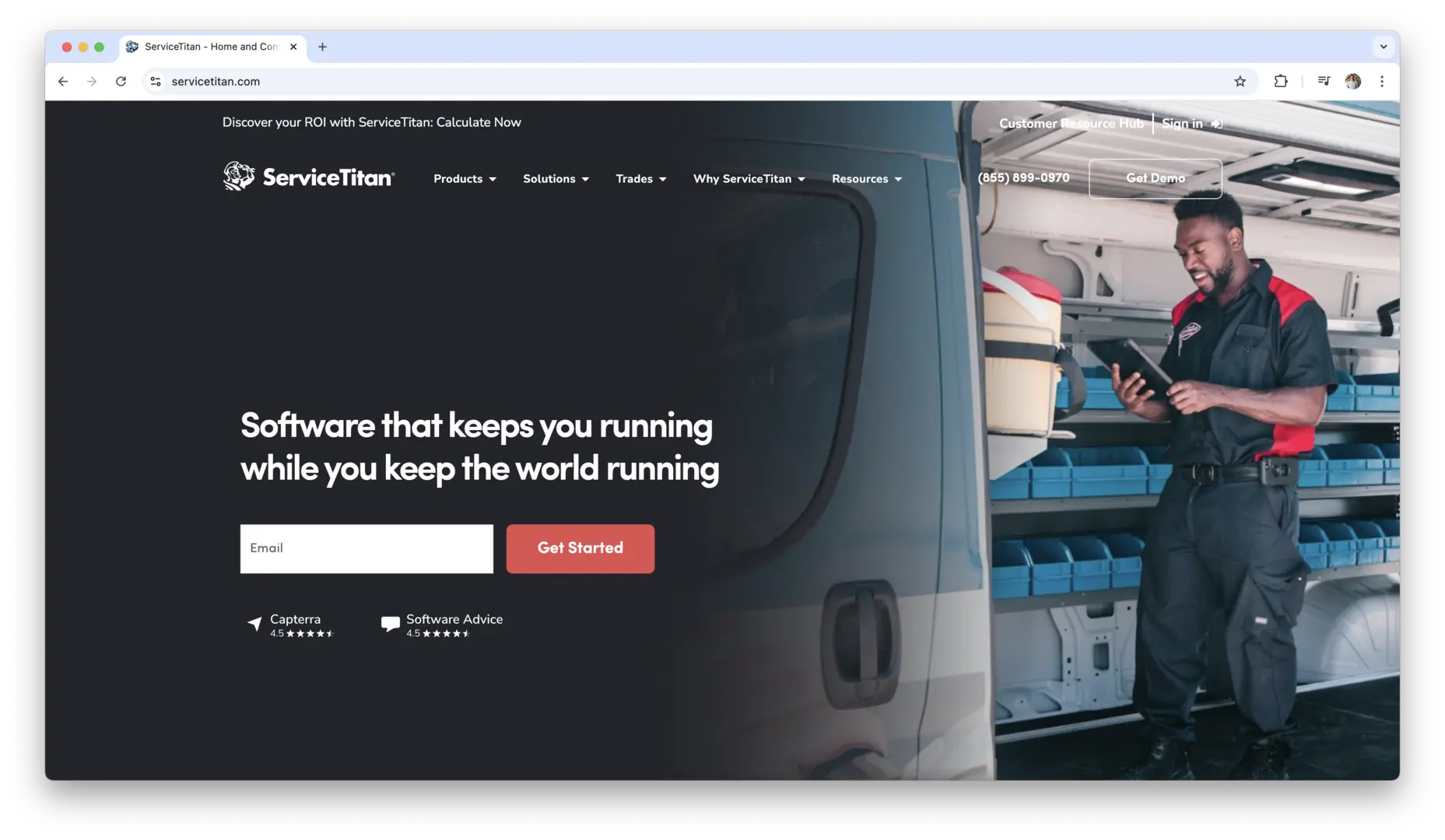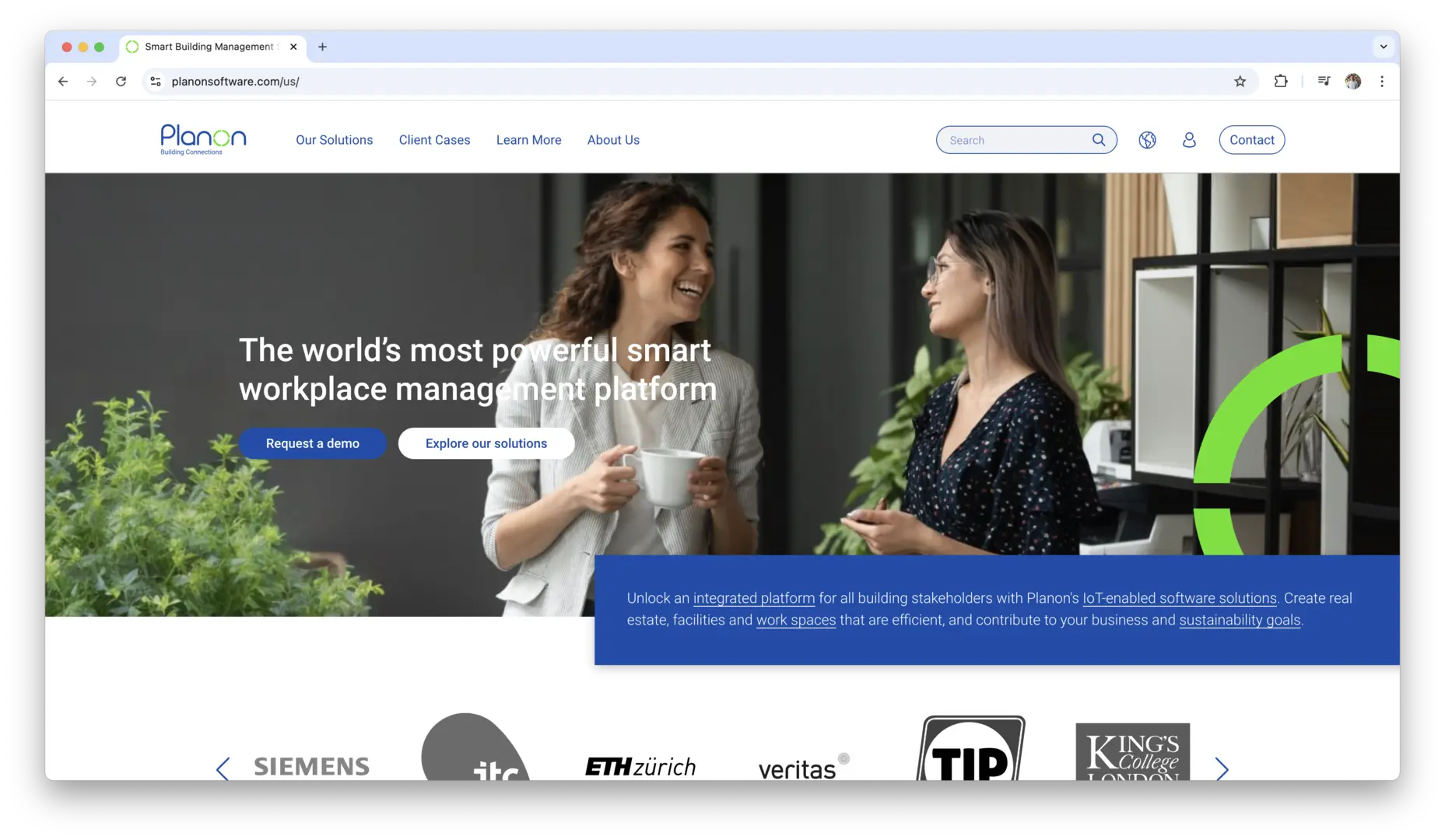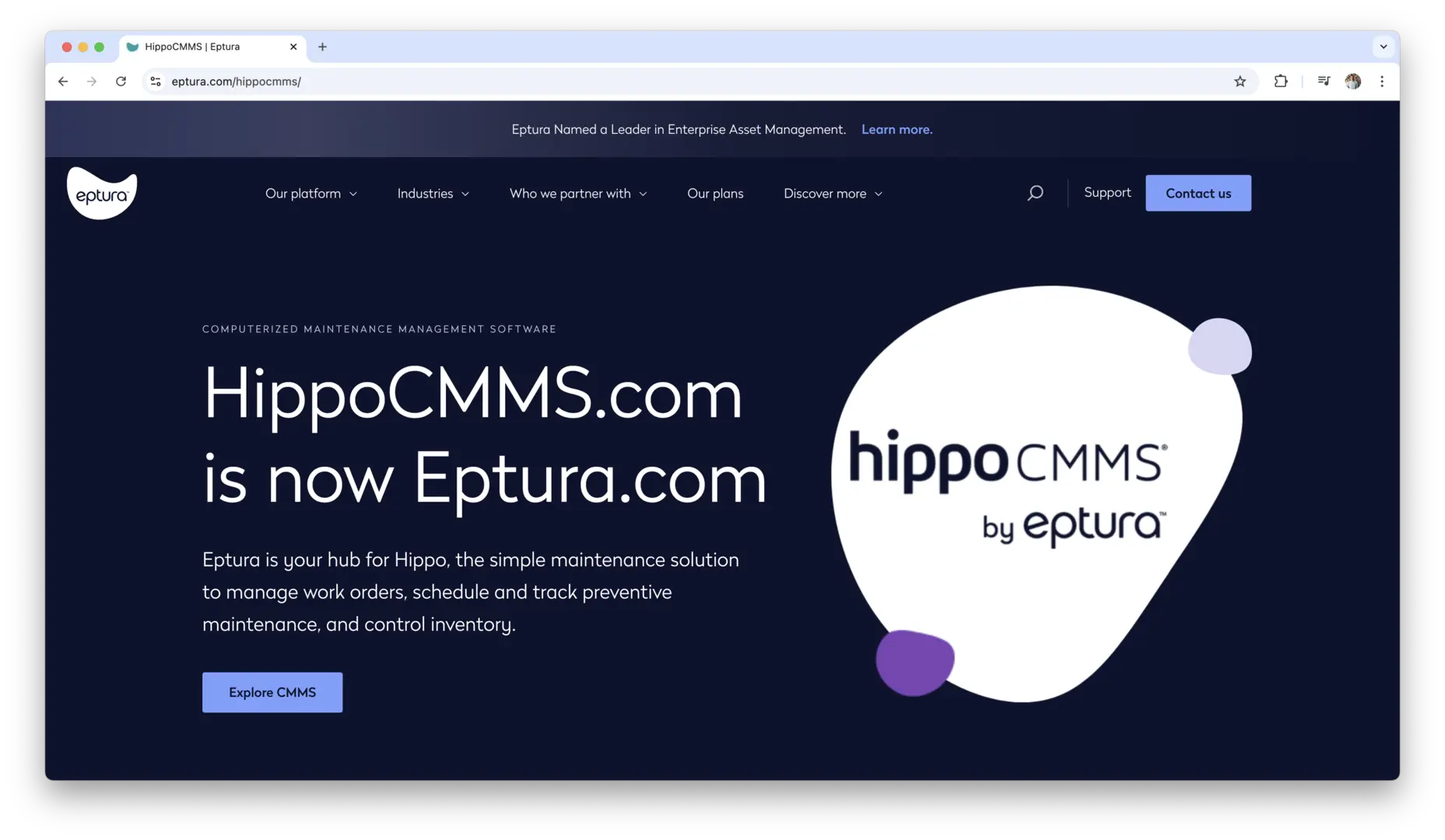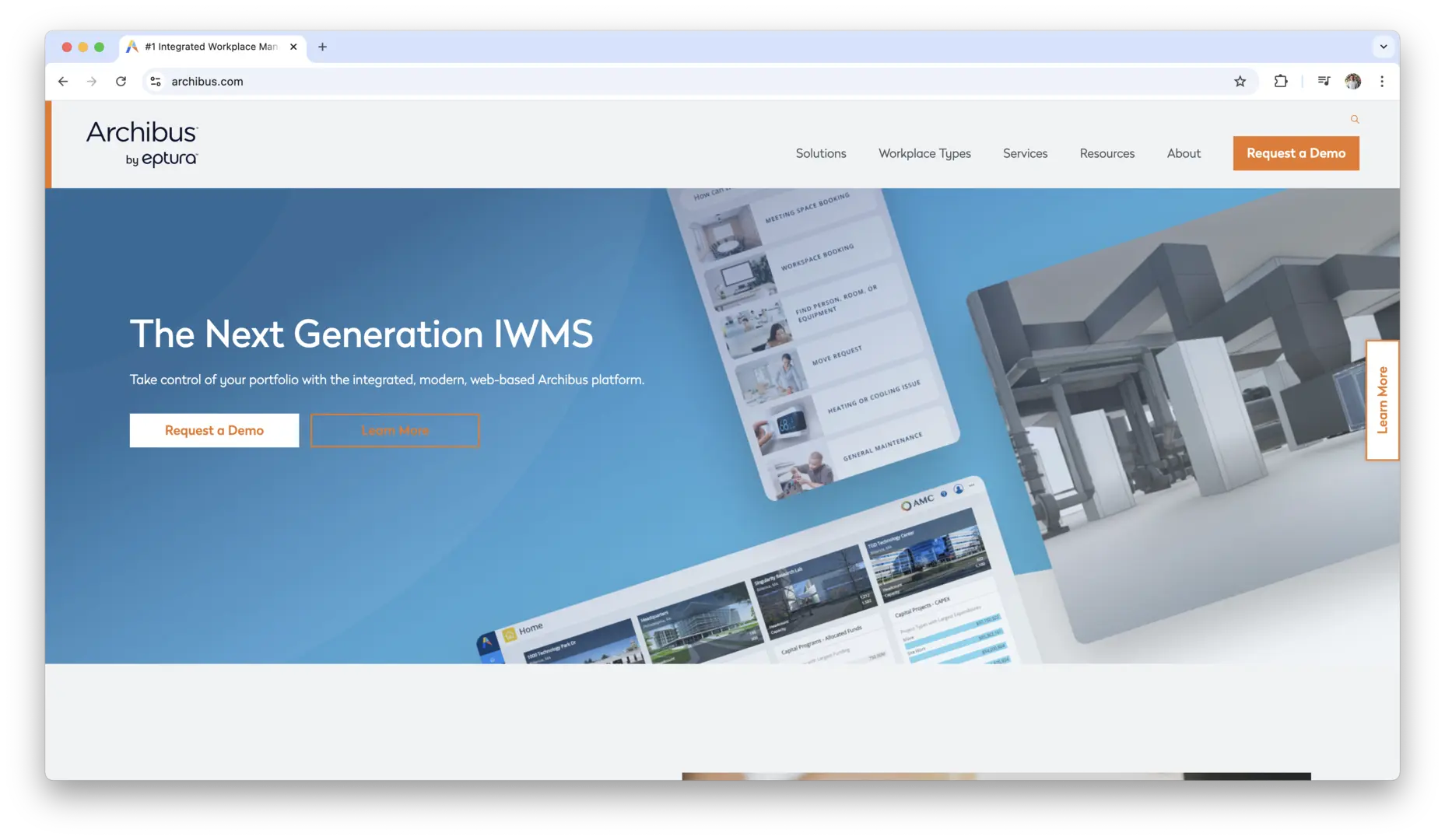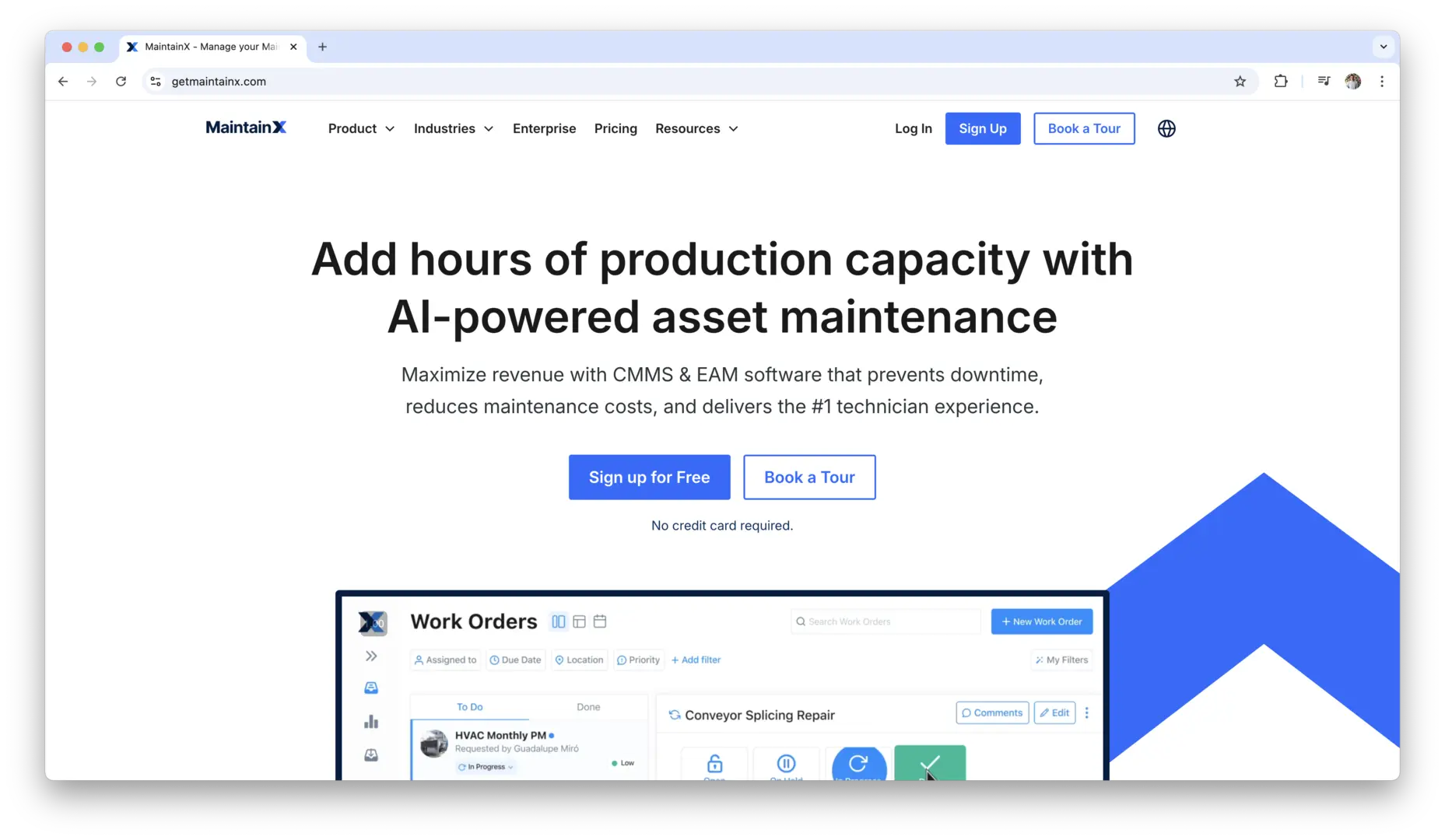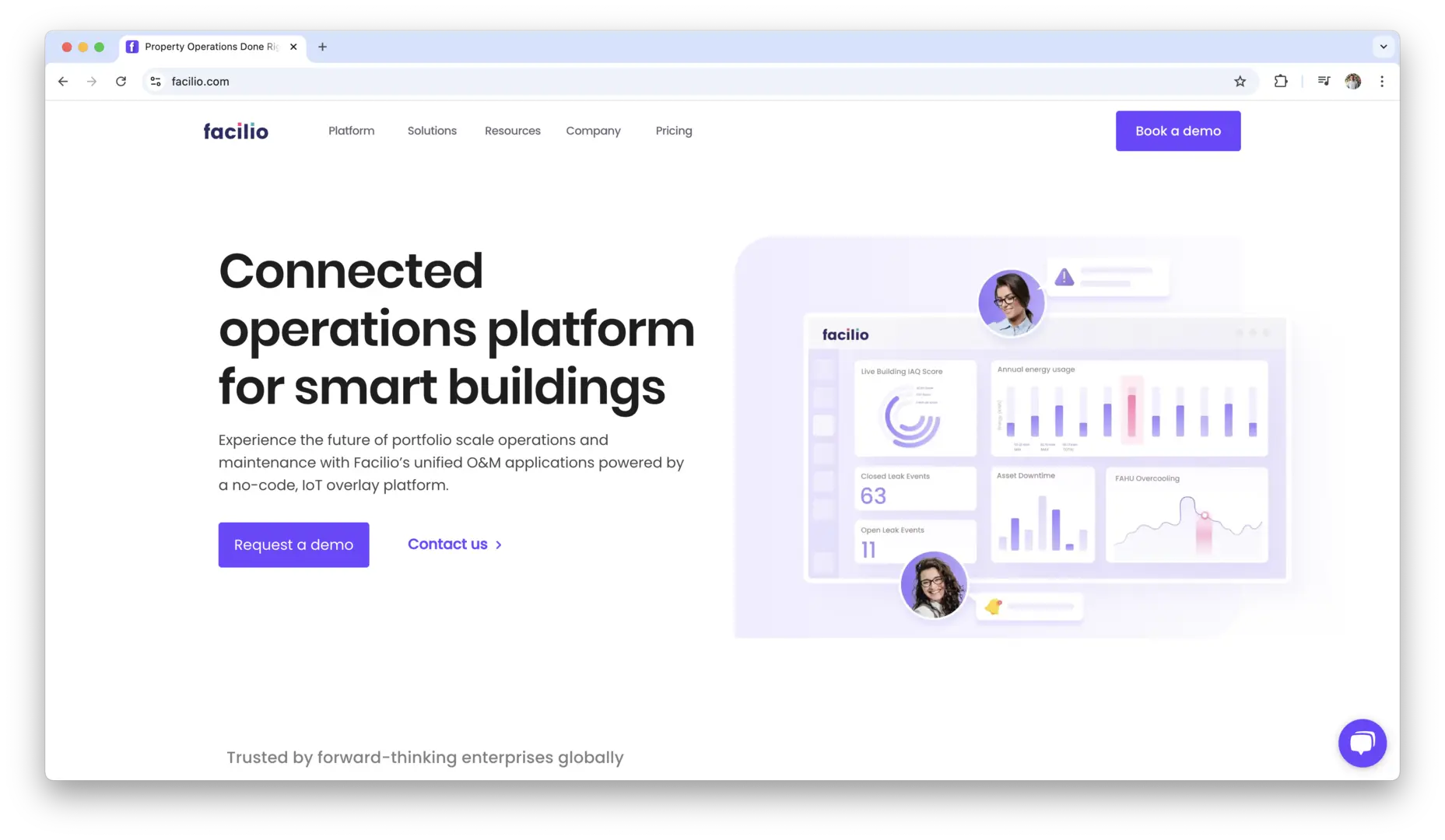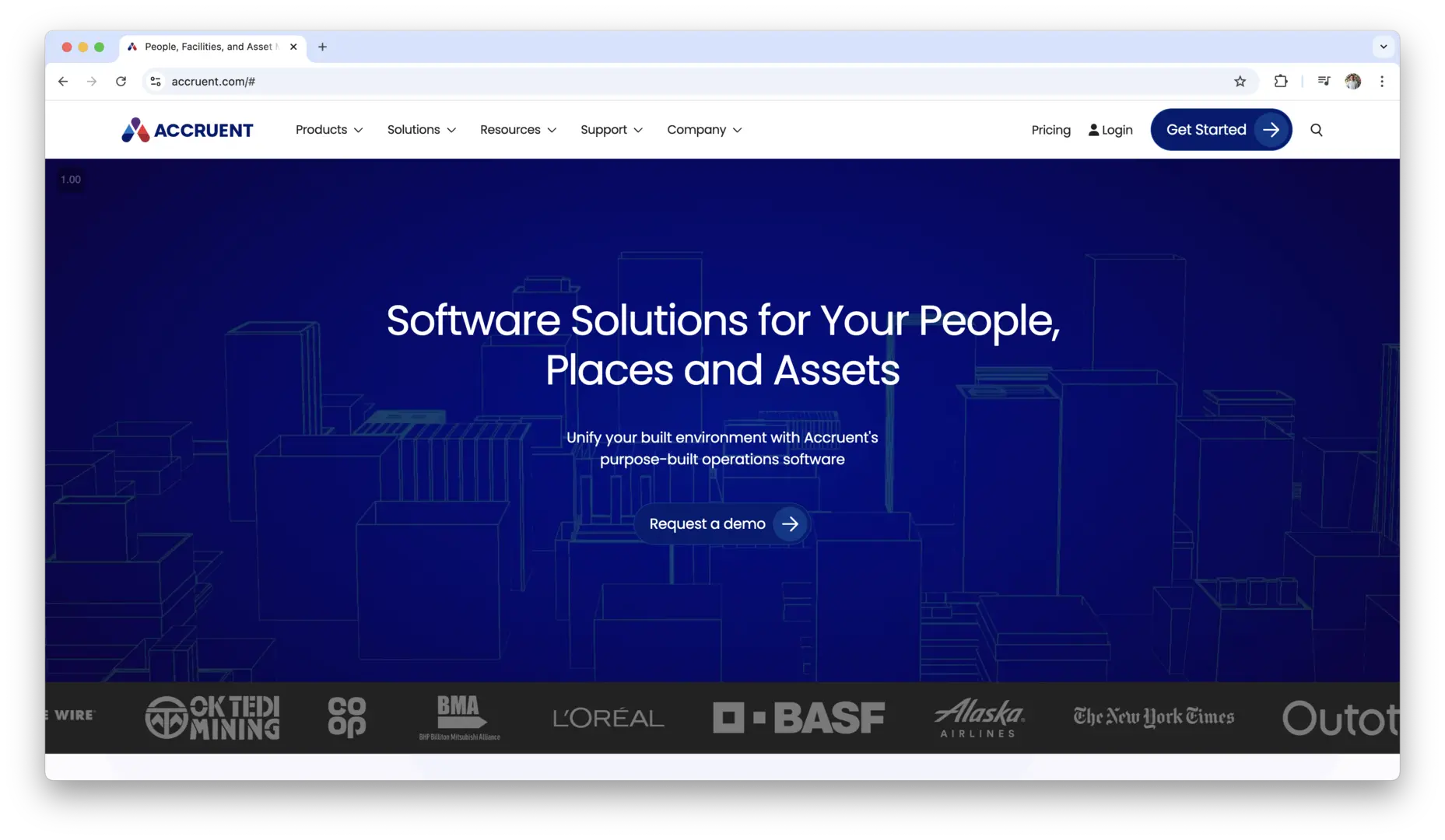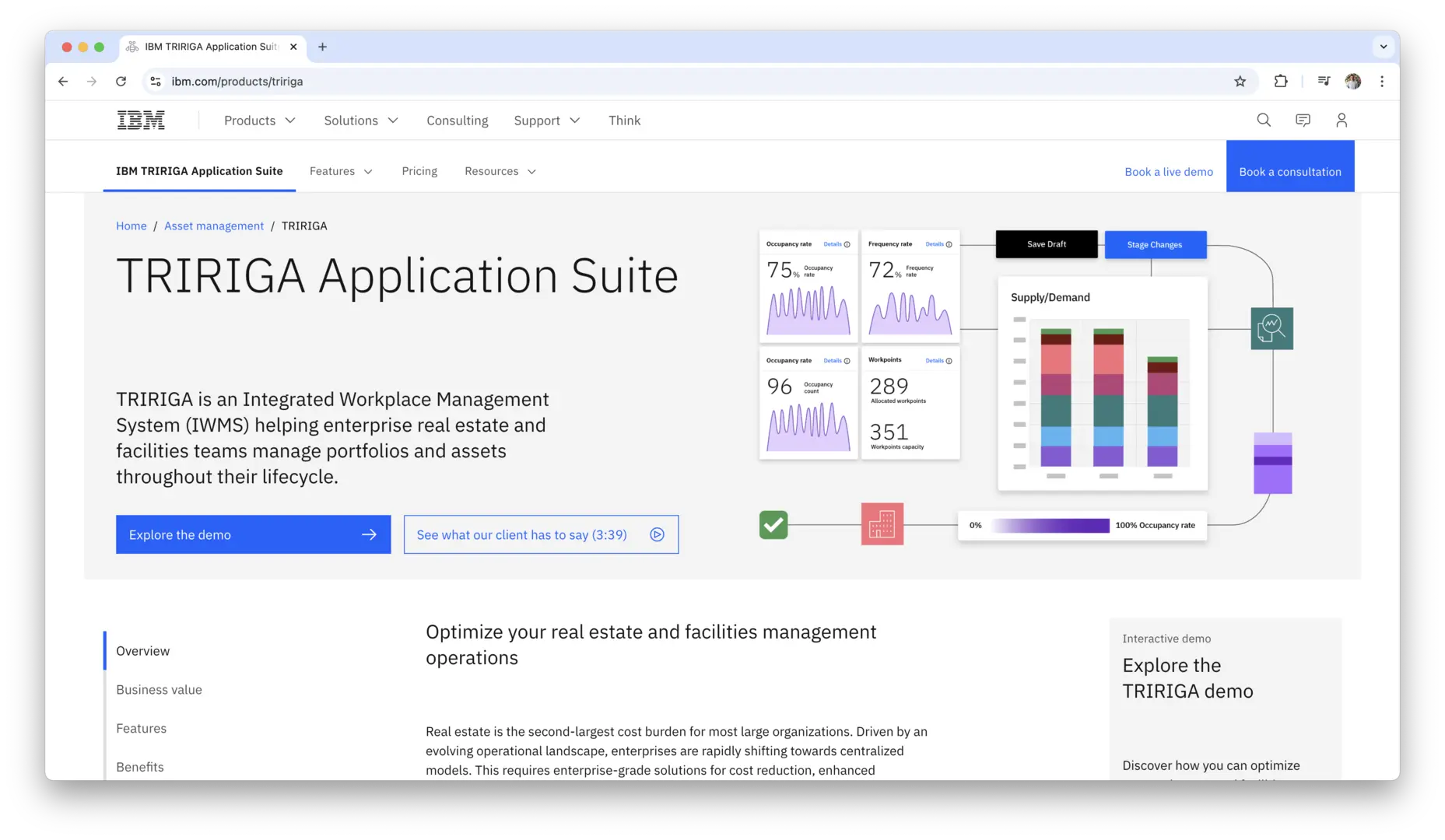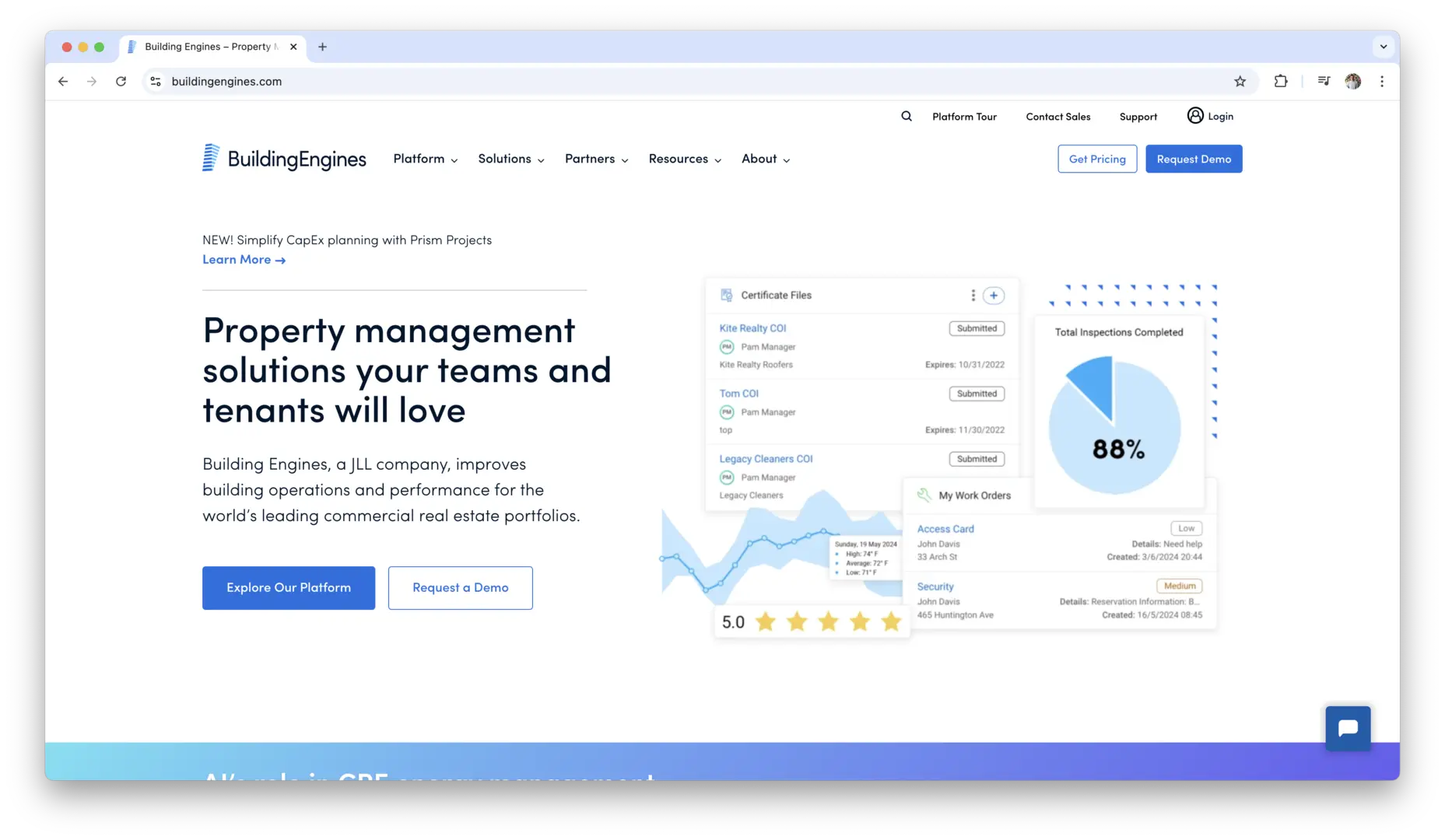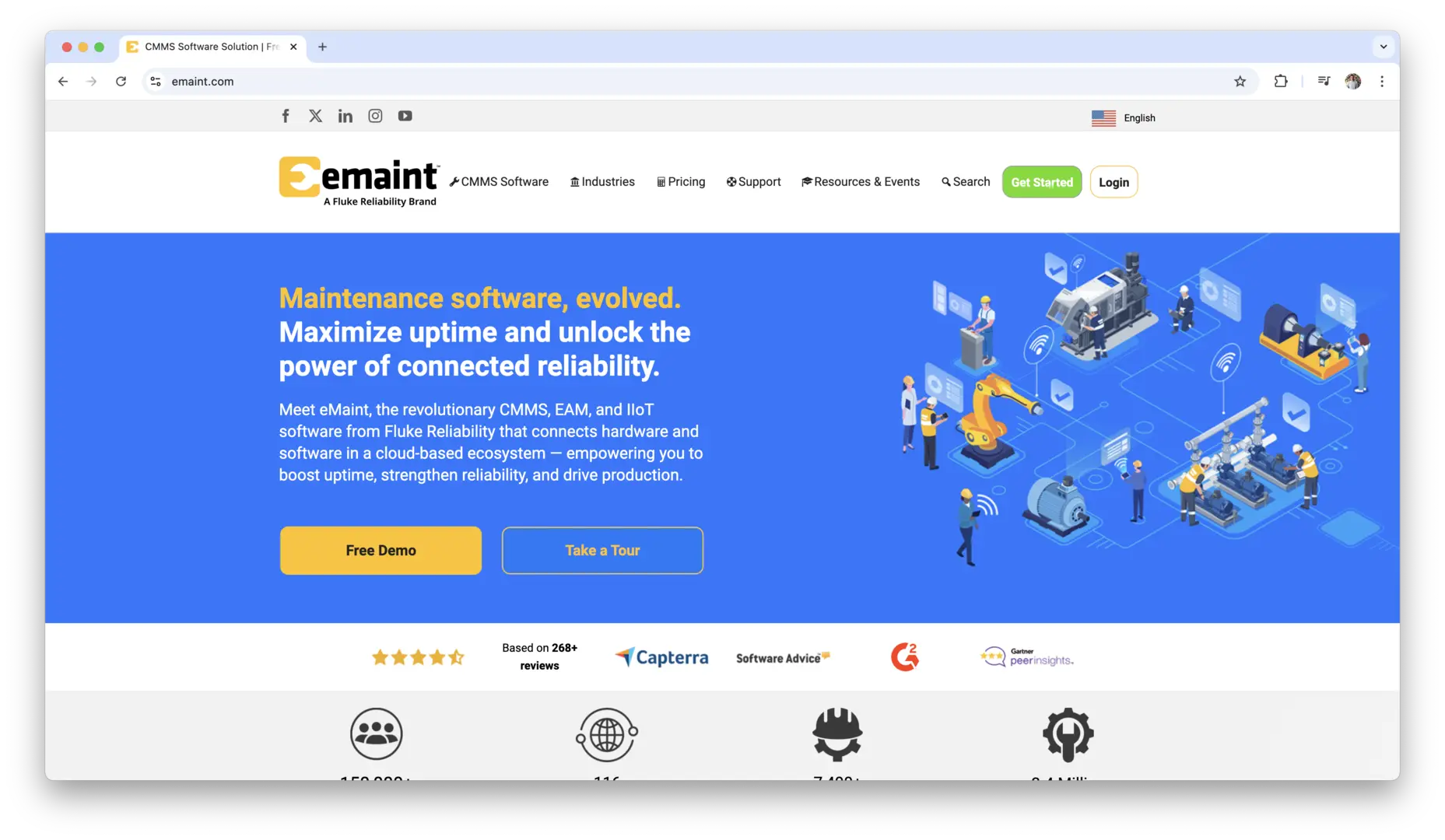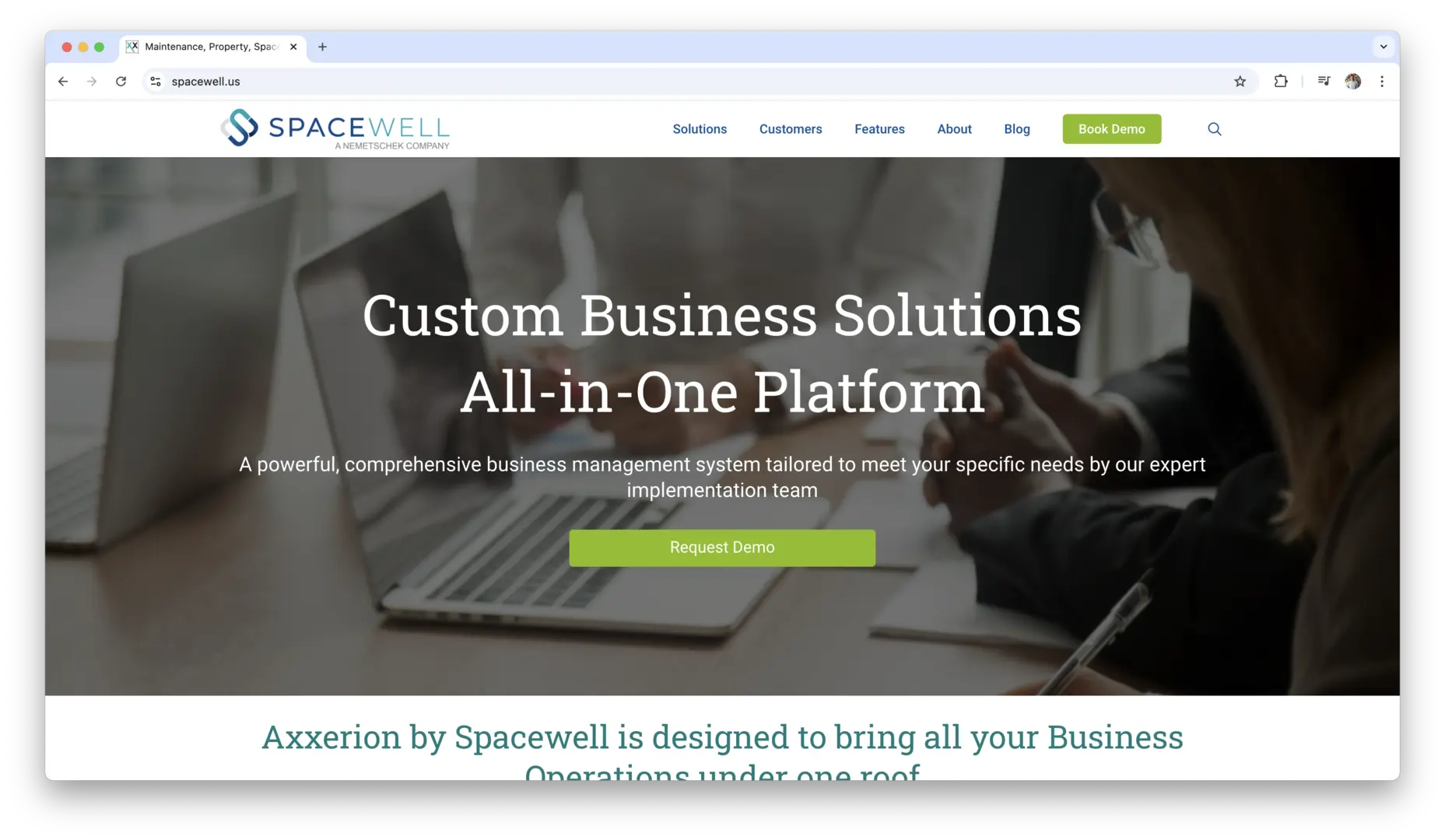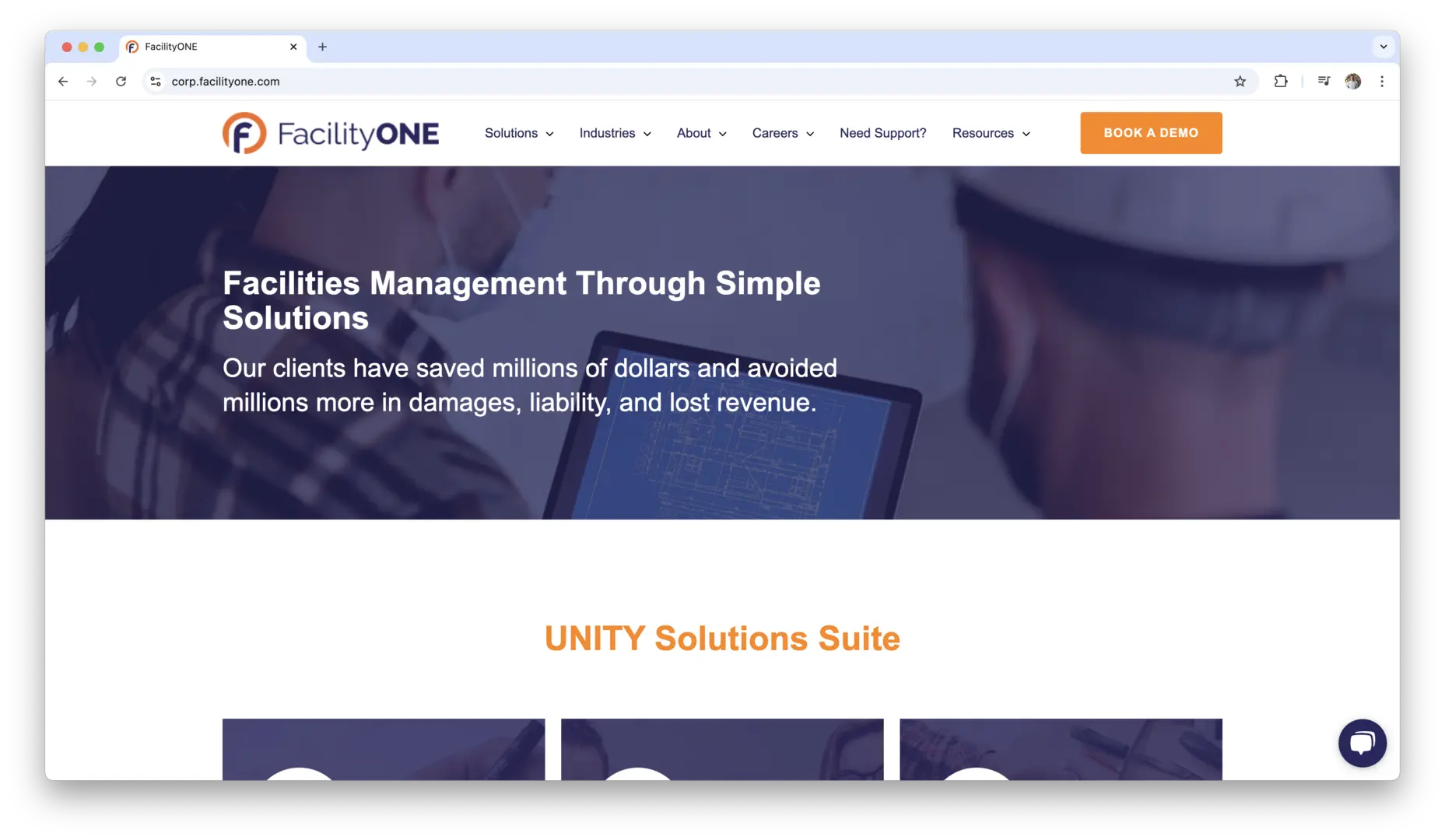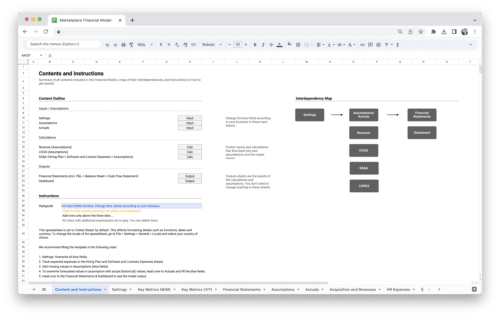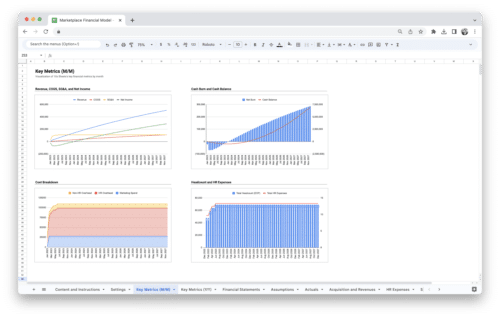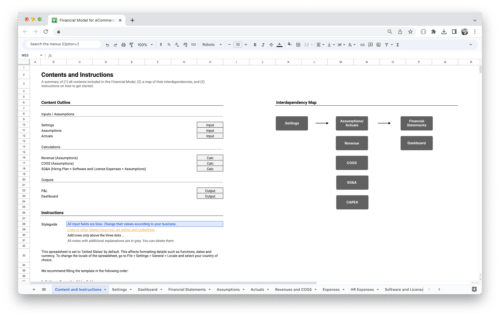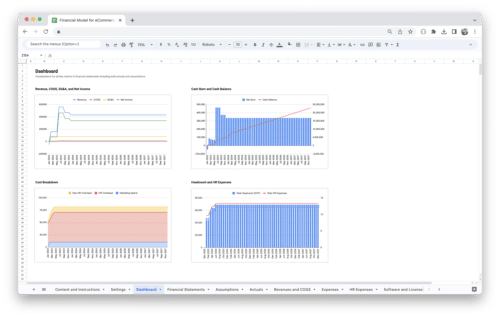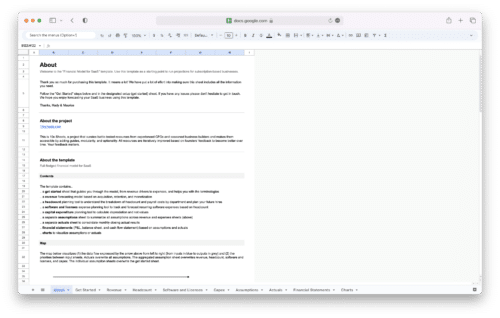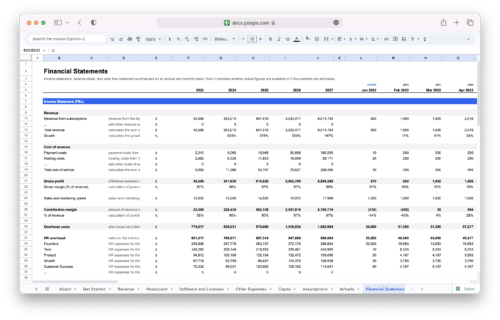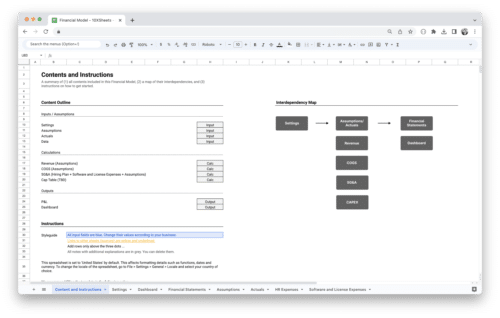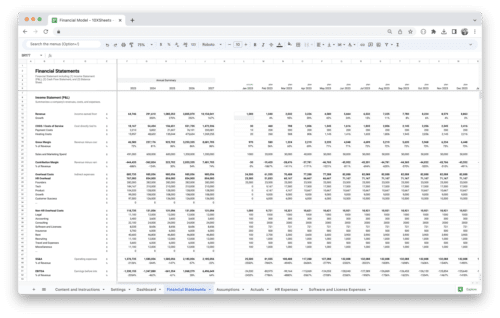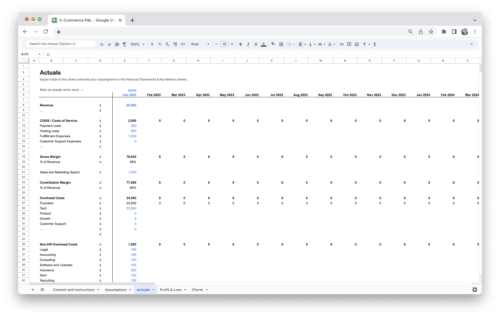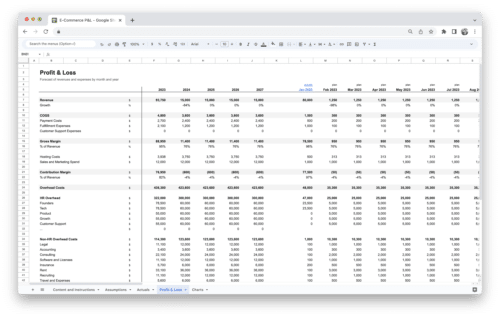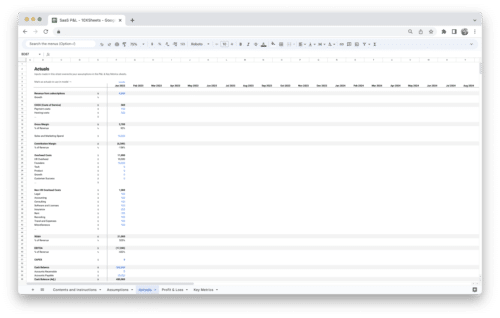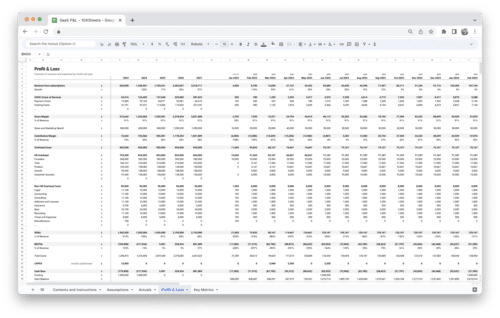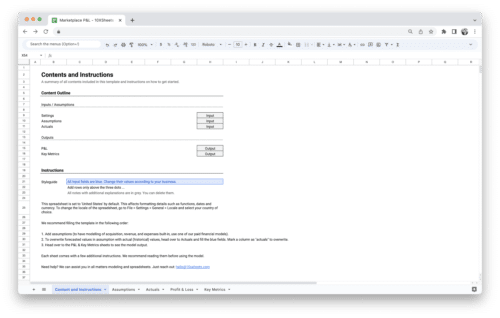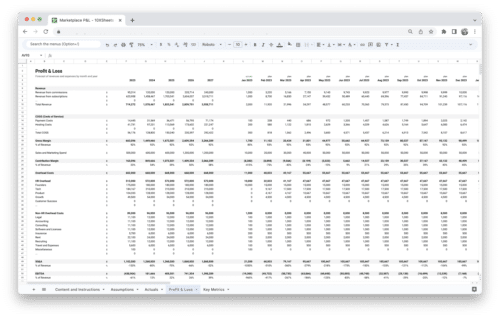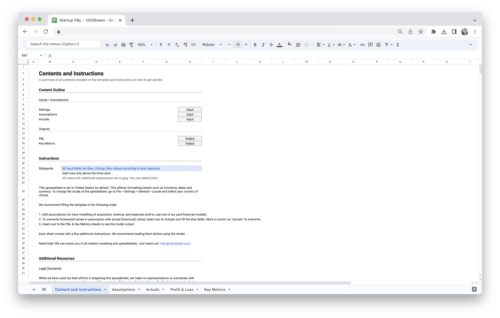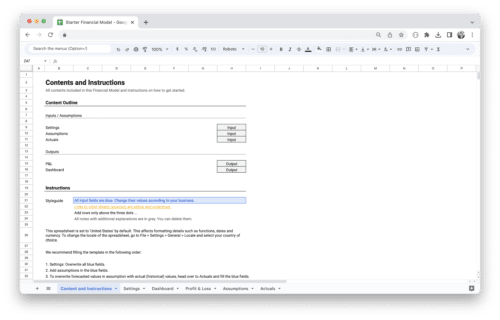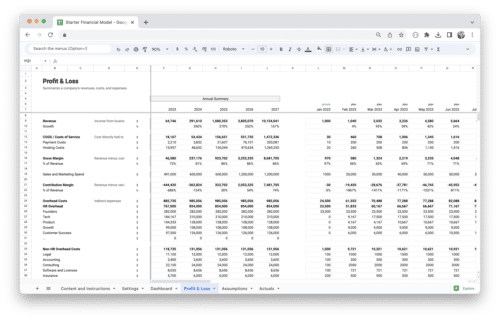Are you looking for a way to streamline your facility management and make operations more efficient? Facility management software can help you do just that by simplifying tasks like maintenance, asset tracking, and space optimization. With so many options available, choosing the right software can feel overwhelming, but the right solution can save you time, reduce costs, and improve overall productivity.
In this guide, we’ll break down the top facility management software solutions, highlight their key features, and help you find the best fit for your organization’s needs. Whether you’re managing a single building or a large portfolio of properties, there’s a solution that can help you work smarter and more efficiently.
What is Facility Management?
Facility management involves the coordination and management of various services and processes that ensure the smooth operation and maintenance of buildings, infrastructure, and other physical assets. It encompasses a wide range of responsibilities, from overseeing maintenance tasks to ensuring the safety, comfort, and productivity of building occupants. The role of facility managers is to create an environment that supports an organization’s core activities, ensuring that assets, people, and systems work together efficiently and effectively.
Effective facility management covers areas like space planning, maintenance of equipment and systems, energy management, and even the management of cleaning, security, and other essential services. Whether in commercial, industrial, or residential properties, facility management plays a pivotal role in enhancing both the operational efficiency and longevity of facilities.
What is Facility Management Software?
Facility management software is a tool designed to help organizations streamline and automate various tasks involved in managing and maintaining their facilities. This type of software combines multiple functionalities that allow facility managers to plan, execute, and monitor operations more effectively, all while reducing costs and improving overall efficiency. Facility management software can encompass a wide range of features, including asset management, work order management, preventive maintenance, space management, energy monitoring, and more.
The primary goal of this software is to optimize operations by providing a centralized platform where all relevant data and tasks can be managed. It helps facility managers make data-driven decisions, track the condition and performance of assets, and ensure that maintenance tasks are carried out promptly. Many solutions also provide mobile access, allowing facility managers to manage operations remotely, further improving flexibility and response times.
The Importance of Facility Management Software
Facility management software is becoming increasingly essential as organizations seek to enhance their operations, reduce costs, and improve the overall quality of their facilities. The right software can drastically change the way facility management teams operate, helping to streamline processes and improve efficiency.
- Enhanced efficiency and productivity: Automation of routine tasks such as scheduling maintenance, work orders, and asset tracking significantly reduces manual work and allows facility managers to focus on strategic initiatives.
- Cost control and savings: By providing better visibility into maintenance needs, energy consumption, and asset conditions, facility management software helps organizations identify areas where costs can be reduced, leading to significant savings.
- Improved decision-making: With real-time data and analytics, facility managers can make informed decisions about maintenance, asset replacement, and resource allocation, ensuring that every dollar spent adds value.
- Proactive maintenance management: Preventive maintenance tools built into facility management software reduce the likelihood of equipment breakdowns and unplanned downtime, leading to more reliable operations and fewer emergency repairs.
- Compliance and risk management: The software helps track maintenance schedules, inspections, and audits to ensure that facilities comply with industry regulations, reducing the risk of penalties and ensuring a safer environment for employees and visitors.
- Sustainability efforts: Energy management tools within the software allow organizations to monitor and optimize energy consumption, helping them achieve sustainability goals and reduce their environmental impact.
- Better space management: Facility management software helps organizations make the most of their physical space, improving productivity and ensuring that resources are used efficiently.
Top Facility Management Software Solutions
The market for facility management software is diverse, with various solutions available that cater to different needs, from simple maintenance management to fully integrated workplace management systems. Choosing the right software depends on your organization’s size, goals, and specific requirements. Below are some of the top facility management software solutions that stand out for their features, scalability, and user satisfaction.
FMX
FMX is a user-friendly, cloud-based facility management software that offers comprehensive features for managing maintenance, work orders, assets, and inventory. Its intuitive interface makes it easy for facility managers to schedule and track preventive maintenance, streamline work order management, and oversee asset lifecycle management. FMX’s real-time reporting and mobile capabilities allow teams to stay connected and manage tasks from anywhere.
FMX’s key selling points include customizable maintenance workflows, automated notifications, and robust reporting tools. It’s suitable for organizations of all sizes and is particularly useful for those seeking a flexible solution that can grow with their needs.
UpKeep
UpKeep is a mobile-first CMMS (Computerized Maintenance Management System) that simplifies maintenance management with features designed to optimize asset management, work orders, and preventive maintenance. Its easy-to-use interface and mobile capabilities make it especially appealing to teams with remote or on-the-go workers.
UpKeep allows facility managers to track work orders, manage maintenance schedules, and receive real-time updates, ensuring that all tasks are completed on time. With its ability to integrate with other software, UpKeep helps organizations maintain operational efficiency and reduce downtime.
ServiceTitan
ServiceTitan is an all-in-one solution that combines field service management with facility maintenance capabilities, making it ideal for businesses that offer facility management as a service or manage multiple locations. Its features include work order management, asset tracking, scheduling, dispatching, and real-time tracking for mobile teams.
ServiceTitan stands out for its robust scheduling and dispatching capabilities, which are especially useful for companies with large, distributed teams. The software also provides detailed analytics and reporting tools to help managers improve operations and customer satisfaction.
iOFFICE
Eptura iOFFICE is an integrated workplace management system (IWMS) that focuses on streamlining space management, energy management, and maintenance. With its cloud-based platform, iOFFICE provides facility managers with real-time data, customizable reports, and tools for managing both building operations and employee productivity.
iOFFICE is ideal for large enterprises and organizations with complex facility management needs. Its integration capabilities with other business systems, such as HR and ERP, allow for seamless workflows and data sharing across departments. iOFFICE also offers advanced features like predictive analytics for optimizing energy usage and improving sustainability.
Planon
Planon is a comprehensive IWMS that provides end-to-end solutions for managing facilities, assets, space, and energy. It is designed to meet the needs of global organizations, offering features that support facility management, maintenance, energy optimization, and sustainability efforts across multiple sites.
One of Planon’s strengths is its scalability. It supports complex operations and integrates with a wide range of systems, such as building management systems, ERP solutions, and other enterprise tools. Planon’s advanced data analytics tools help facility managers make informed decisions about space usage, energy consumption, and asset management, while its user-friendly interface ensures ease of use.
Hippo CMMS
Eptura Hippo CMMS is a powerful maintenance management solution that offers an intuitive interface for managing work orders, assets, inventory, and preventive maintenance. It’s designed to simplify the maintenance process and improve efficiency, helping facility managers save time and reduce operational costs.
One of Hippo CMMS’s standout features is its ease of use and quick setup. It’s a great option for businesses looking for a straightforward solution that requires minimal training. The software also includes mobile access, so teams can stay updated and manage tasks from anywhere.
Archibus
Archibus is a robust integrated workplace management system (IWMS) that helps organizations manage real estate, facilities, assets, and maintenance. With a strong emphasis on space planning and management, Archibus allows organizations to optimize their real estate portfolio and improve space utilization.
The platform offers powerful features for managing energy consumption, maintenance, and sustainability efforts. It also provides detailed reporting and analytics tools, enabling facility managers to make data-driven decisions and improve overall operational efficiency. Archibus is particularly well-suited for large, enterprise-level organizations that require advanced functionality and scalability.
MaintainX
MaintainX is a mobile-first, cloud-based facility management solution that focuses on work order management and maintenance tracking. It allows facility managers to create and assign work orders, track asset performance, and monitor preventive maintenance schedules—all from a mobile device.
MaintainX’s user-friendly interface and real-time collaboration features make it a great option for businesses with remote teams. The software also offers advanced reporting capabilities, helping managers gain insights into operational efficiency and asset management.
Facilio
Facilio is an AI-powered, cloud-based facility management software that combines preventive maintenance, asset management, energy monitoring, and building operations in a single platform. Facilio’s AI-driven features help optimize energy consumption and predictive maintenance, reducing operational costs and improving asset reliability.
Facilio is known for its ability to integrate with existing building systems and provide real-time data across multiple locations. The software’s intuitive interface and powerful automation features allow facility managers to streamline operations and improve sustainability efforts. Facilio is best suited for businesses looking to leverage AI and automation in their facility management processes.
Accruent
Accruent is a comprehensive, cloud-based facility management software designed for large organizations. It provides a suite of tools for real estate, maintenance, and asset management, including space planning, lease management, and energy monitoring. The software offers robust reporting and analytics to help businesses optimize their facilities and ensure compliance with industry regulations.
Accruent’s scalability and integration capabilities make it a great choice for enterprises that need a unified platform to manage multiple facilities and complex operations. Its customizable dashboards allow facility managers to track key metrics and make data-driven decisions.
Tririga
Tririga, an IBM product, is an integrated workplace management system (IWMS) that helps organizations optimize the use of their physical assets. Tririga offers features for real estate management, space utilization, facility maintenance, and sustainability. The software helps facility managers plan, monitor, and manage real estate and facility costs effectively.
Tririga stands out for its focus on driving sustainability and energy efficiency. Its advanced analytics and reporting features provide in-depth insights into facility performance, allowing managers to reduce costs and improve resource allocation.
Building Engines
Building Engines is a property management and facility management platform that helps streamline operations and improve building performance. It offers features for work order management, preventive maintenance, tenant communication, and building inspections. Building Engines is particularly effective for managing commercial properties and portfolios, providing managers with the tools they need to improve tenant satisfaction and reduce operating costs.
The software includes a mobile app, allowing managers and maintenance teams to stay connected and work more efficiently from anywhere. Its advanced reporting capabilities help managers make informed decisions about building performance and maintenance needs.
eMaint
eMaint is a CMMS (Computerized Maintenance Management System) that provides tools for managing maintenance workflows, assets, and work orders. It helps facility managers optimize preventive maintenance schedules and track the performance of assets across multiple sites.
eMaint’s ease of use and flexibility make it suitable for both small businesses and large enterprises. The software offers customizable dashboards, mobile access, and advanced analytics, allowing users to streamline operations, reduce costs, and improve asset reliability.
Axxerion
Axxerion by Spacewell is a cloud-based IWMS that provides a suite of tools for facility management, including preventive maintenance, space management, energy management, and asset management. It is designed for organizations of all sizes and industries and offers a customizable platform to meet specific business needs.
Axxerion’s strengths lie in its flexibility and integration capabilities. The software can integrate with existing business systems, such as HR, finance, and building management systems, to ensure seamless data sharing across departments.
FacilityOne
FacilityOne is a CMMS that provides facility management solutions for asset tracking, preventive maintenance, work order management, and compliance tracking. It is a user-friendly platform designed to improve efficiency, reduce downtime, and extend the lifespan of assets.
FacilityOne is known for its ability to integrate with other systems, such as building management and accounting systems, to create a comprehensive view of facility operations. Its real-time data tracking and reporting tools make it easy for managers to monitor performance and improve decision-making.
Each of these software solutions brings unique strengths and features to the table, so it’s important to assess your organization’s needs before selecting the one that best aligns with your goals. Whether you’re a small business looking to streamline maintenance or a large enterprise managing multiple facilities, there’s a solution that fits your requirements.
Facility Management Software Features to Look For
Facility management software is designed to optimize the operations of an organization by providing comprehensive tools for managing various aspects of facility care. The features offered can vary, but there are key elements that every facility management solution should include. These features not only improve efficiency but also help organizations save costs and maintain smooth operations. Here’s a breakdown of some of the core features that make up effective facility management software.
Maintenance Management
The cornerstone of any facility management system is maintenance management. This feature allows you to track, schedule, and manage maintenance tasks, ensuring your facilities and equipment run smoothly. The system helps you automate preventive maintenance schedules, reducing the likelihood of unexpected breakdowns and improving asset longevity. Maintenance management ensures that regular checks are done, parts are replaced in time, and equipment functions at peak efficiency.
This system also includes work order management, which allows facility managers to create, assign, and track maintenance requests. This can include everything from HVAC repairs to light bulb replacements. With real-time updates, work orders can be tracked efficiently, ensuring issues are addressed promptly and reducing downtime.
Asset Tracking and Management
Effective asset management is critical for reducing operational costs and maximizing the lifespan of equipment. Facility management software includes tools to track and monitor assets throughout their lifecycle—from acquisition to maintenance, repair, and eventual replacement. This ensures that the facility manager has real-time insight into the condition of all critical assets, whether it’s HVAC units, machinery, or furniture.
Asset tracking allows you to create an inventory of all assets in your facility, including their location, status, and maintenance history. Additionally, the software can alert you when an asset is nearing the end of its useful life or when it requires maintenance. By having a clear overview of your assets, you can better plan for replacements and reduce the risk of costly, unexpected failures.
Space Management and Optimization
Space is a valuable resource for any organization. Space management features within facility management software help ensure that every square foot of a facility is used efficiently. Whether it’s managing office layouts, allocating rooms for meetings, or ensuring compliance with safety standards, these tools help organizations optimize how space is utilized.
Space optimization goes beyond just scheduling rooms; it includes tools to analyze the overall usage of your space. For instance, software can track occupancy rates to help identify underutilized areas that may be reassigned for better productivity. Space management can also support the planning and design of new layouts, helping to align your workspace with company goals such as improving employee collaboration or accommodating growth.
Scheduling and Work Order Management
Scheduling and work order management tools within facility management software ensure that tasks are assigned and tracked efficiently. Whether you’re scheduling maintenance checks, assigning cleaning duties, or planning events, the system helps streamline and organize these tasks.
With a user-friendly calendar, facility managers can see when tasks are due and assign them to the right team members. The software can also send reminders and notifications to keep everyone on schedule. In case of any changes or delays, work orders can be updated in real-time, allowing managers to monitor the status of each task and ensuring that deadlines are met.
Energy and Sustainability Tracking
Energy efficiency is a growing concern for businesses aiming to reduce operational costs and meet sustainability goals. Facility management software with energy tracking features helps organizations monitor energy consumption in real-time, identify inefficiencies, and take corrective actions to optimize usage.
The software can connect with energy meters, track usage patterns, and generate reports that highlight areas of concern. It allows managers to set energy-saving goals, monitor performance against these goals, and implement strategies such as adjusting heating and cooling systems or investing in energy-efficient appliances. By tracking energy usage, facility managers can lower utility costs and support the company’s sustainability initiatives.
Reporting and Analytics
Reporting and analytics features provide facility managers with valuable insights to drive better decision-making. These tools allow you to track key metrics, such as maintenance costs, energy consumption, and asset performance, and generate reports that can inform your strategies.
The ability to analyze large volumes of data helps managers identify trends, forecast future needs, and make adjustments to optimize operations. Predictive analytics, for example, can help forecast equipment failure before it happens, allowing for proactive maintenance. Customizable dashboards provide real-time access to performance data, enabling quicker responses and better overall management of resources.
By utilizing these reporting and analytics tools, organizations can make informed decisions, improve efficiency, and ensure the smooth operation of their facilities.
How to Choose the Right Facility Management Software?
Choosing the right facility management software for your business requires careful consideration of several key factors. The software you select should align with your specific needs, complement your current systems, and help you achieve your long-term goals. Here are the most important aspects to consider when evaluating facility management software.
Assessing Business Needs and Objectives
The first step in choosing facility management software is understanding your specific business needs and objectives. Every organization has unique requirements based on the size of the facility, the type of assets managed, and the level of complexity involved in facility operations. Consider the following when assessing your needs:
- What core tasks do you need the software to handle? For example, do you need help with asset management, preventive maintenance, or energy efficiency?
- Are there any specific regulatory or compliance requirements that the software should help you meet?
- What are your long-term goals? Are you planning for future growth or expansion that the software should accommodate?
- Do you have any existing pain points, such as a lack of automation or poor visibility into operations, that you want the software to address?
Clearly defining your needs and goals will help you select software that is tailored to your organization’s operational requirements and objectives.
Integration with Existing Systems
It’s crucial that the facility management software integrates seamlessly with your existing systems. Many organizations rely on other software solutions for things like Enterprise Resource Planning (ERP), Human Resource Management (HRM), or building management. If your facility management software cannot communicate with these systems, you could create silos of data that hinder efficiency and visibility.
Key integration points to consider include:
- Building management systems: If you’re managing HVAC, lighting, or security systems, integration with these systems allows for more comprehensive control and monitoring.
- Asset management systems: Ensure that asset tracking from the facility management software integrates with your organization’s asset management tools to streamline workflows and data sharing.
- HR and payroll systems: Linking your facility management software with HR systems ensures that employee schedules and work orders are aligned, improving task assignments and team coordination.
By ensuring smooth integration, you can avoid the headaches of double data entry, inaccurate reporting, and fragmented systems that could reduce the efficiency of your operations.
Scalability and Flexibility
As your business grows, your facility management needs will evolve, so it’s important to choose software that can scale with your organization. Scalability means that the software can handle increased complexity, more users, or a larger number of assets without compromising performance.
Flexibility is also essential. Look for software that can adapt to your business’s changing needs, whether it’s adding new locations, adjusting workflows, or implementing more advanced features over time. For example, consider whether the software offers:
- The ability to expand into new facilities or manage multi-site operations with ease.
- Customization options for reports, dashboards, and workflows to match your organization’s unique processes.
- A modular structure, where you can add additional functionality as required, such as energy management or advanced reporting capabilities.
Choosing a solution that is both scalable and flexible ensures that it will continue to meet your needs as your organization evolves.
Ease of Use and Support
A major factor in the success of any facility management software is how user-friendly it is for your team. If the software is difficult to use or requires extensive training, it could lead to low adoption rates and reduce its overall effectiveness. Therefore, prioritize software that offers an intuitive interface, clear navigation, and minimal learning curve for your team.
Also, consider the level of customer support provided by the software vendor. Even with user-friendly systems, there may be times when your team needs assistance. Look for vendors that offer:
- 24/7 support: This is especially important if your facility management operations run around the clock or in different time zones.
- Training resources: Ensure the software provider offers comprehensive training materials, such as tutorials, webinars, and user manuals.
- Online community or knowledge base: A thriving online community can help your team resolve issues faster and learn tips and best practices from other users.
Good customer support not only helps you get the most out of the software but also ensures any issues are resolved quickly to minimize downtime.
Cost and ROI Considerations
When evaluating facility management software, cost is a critical factor. However, it’s important to consider the overall value and potential return on investment (ROI) the software offers, rather than just the upfront price. The right software should not only fit within your budget but also provide cost-saving benefits that justify the expense.
When assessing the cost, consider the following:
- Pricing model: Some software providers charge a flat fee, while others operate on a subscription basis or offer tiered pricing based on features or the number of users. Understand the cost structure and choose one that aligns with your budget.
- Implementation and training costs: Look beyond the software price to any additional costs associated with implementation, such as setup fees, data migration, and employee training.
- Ongoing costs: Consider any recurring fees, such as monthly or annual subscriptions, as well as the cost of future upgrades or additional features.
Once you’ve considered the costs, evaluate the potential ROI by looking at the efficiencies the software will bring to your operations, such as:
- Reduced maintenance costs through better tracking and preventive care.
- Increased asset life and fewer repairs, leading to savings over time.
- Streamlined operations and reporting, allowing your team to be more productive.
When you weigh the costs against these long-term benefits, you’ll be better positioned to assess the true value of the software.
Facility Management Software Benefits
Implementing facility management software can transform the way your organization operates, making processes more efficient, reducing costs, and enhancing overall performance. The right software will provide comprehensive tools that streamline everyday tasks, support strategic decision-making, and ensure smoother operations. These benefits can impact various aspects of your organization, from maintenance management to energy optimization, and contribute to a more sustainable and cost-effective approach to facility management.
- Improved operational efficiency: Automating maintenance schedules, work orders, and asset tracking leads to streamlined processes and fewer errors, allowing your team to focus on higher-value tasks.
- Cost savings: By reducing downtime through preventive maintenance, improving asset management, and lowering energy consumption, facility management software helps cut operational costs over time.
- Better asset management: Enhanced tracking and monitoring of assets allow for timely repairs, optimized asset lifespans, and better decision-making regarding replacements or upgrades.
- Proactive maintenance: With automated work order management and preventive maintenance features, you can address issues before they become costly problems, reducing the need for emergency repairs.
- Data-driven decision-making: Advanced reporting and analytics provide valuable insights into facility performance, helping you make informed decisions that improve efficiency and meet long-term goals.
- Enhanced compliance: Facility management software helps you stay compliant with regulatory requirements by keeping track of maintenance schedules, inspections, and audits, reducing the risk of non-compliance penalties.
- Improved sustainability: Energy monitoring and management features support sustainability initiatives by optimizing energy usage and identifying areas for improvement, contributing to a greener operation.
- Better space utilization: The software helps optimize space allocation and utilization, improving productivity and maximizing the value of the physical workspace.
- Scalability: Facility management software can scale as your organization grows, adapting to changing needs such as additional locations, increased user capacity, or new features and functions.
Facility Management Software Implementation Challenges
While the benefits of facility management software are clear, the implementation process can come with its own set of challenges. Understanding these challenges upfront can help you plan for a smoother transition and ensure that your investment delivers the expected results. Addressing potential hurdles during implementation will help avoid common pitfalls that can hinder the success of the software in the long term.
- Data migration and integration difficulties: Migrating data from legacy systems and integrating the new software with existing systems (like ERP or building management tools) can be complex and time-consuming, requiring careful planning to avoid data loss or inconsistencies.
- User adoption and training: Getting your team to adopt the new system can be challenging, especially if they’re used to manual processes or legacy systems. Proper training and support are critical to ensuring that employees feel comfortable and confident using the software.
- Customization overload: Many software solutions offer extensive customization options, which can be overwhelming and lead to feature bloat. Too many features can make the system difficult to use and create unnecessary complexity.
- Ongoing maintenance and updates: Like any software, facility management tools require regular updates and maintenance to stay current with new features, security patches, and compliance requirements. This can be a time-consuming process if not properly managed.
- Resistance to change: Some employees or stakeholders may resist transitioning to a new system due to a fear of change or uncertainty about its effectiveness. Overcoming this resistance requires clear communication about the benefits and support during the transition.
- High initial costs: While the long-term savings from using facility management software are significant, the upfront cost of purchasing, implementing, and training employees on the software can be a barrier, especially for small or mid-sized organizations with limited budgets.
- Customization versus out-of-the-box solutions: Balancing the need for a customizable solution with the practicality of using an out-of-the-box solution can be challenging. Customizing the software too much can result in longer implementation times, higher costs, and ongoing maintenance challenges.
- Technical issues and system downtime: During the implementation phase, there may be technical issues or system downtime, which can disrupt operations and affect productivity if not managed effectively.
- Ensuring vendor support: Choosing a vendor with reliable customer support is crucial. Lack of proper support during the implementation process or after the system goes live can result in frustration and delays in resolving issues.
Conclusion
Choosing the right facility management software can make a huge difference in how efficiently your organization operates. With the right tools, you can simplify daily tasks, reduce costs, and improve the overall performance of your facilities. Whether you need a comprehensive system to handle everything from asset tracking to space optimization or a simple tool to improve maintenance workflows, there are many software options to meet your needs. By considering factors like your organization’s size, existing systems, and specific goals, you can find the solution that will help streamline your processes and boost productivity.
Ultimately, the best facility management software is the one that fits your unique requirements and helps you achieve your operational goals. Take the time to evaluate your options, compare features, and consider scalability for future growth. As technology continues to evolve, these tools will only become more powerful, helping you manage your facilities more effectively and sustainably. No matter which software you choose, investing in the right solution will ultimately make managing your facilities easier, more efficient, and cost-effective.
Get Started With a Prebuilt Template!
Looking to streamline your business financial modeling process with a prebuilt customizable template? Say goodbye to the hassle of building a financial model from scratch and get started right away with one of our premium templates.
- Save time with no need to create a financial model from scratch.
- Reduce errors with prebuilt formulas and calculations.
- Customize to your needs by adding/deleting sections and adjusting formulas.
- Automatically calculate key metrics for valuable insights.
- Make informed decisions about your strategy and goals with a clear picture of your business performance and financial health.

